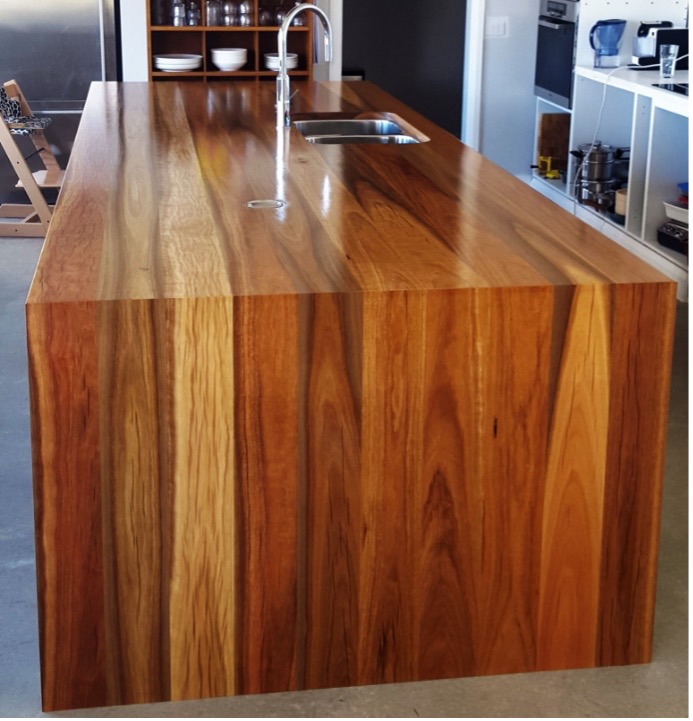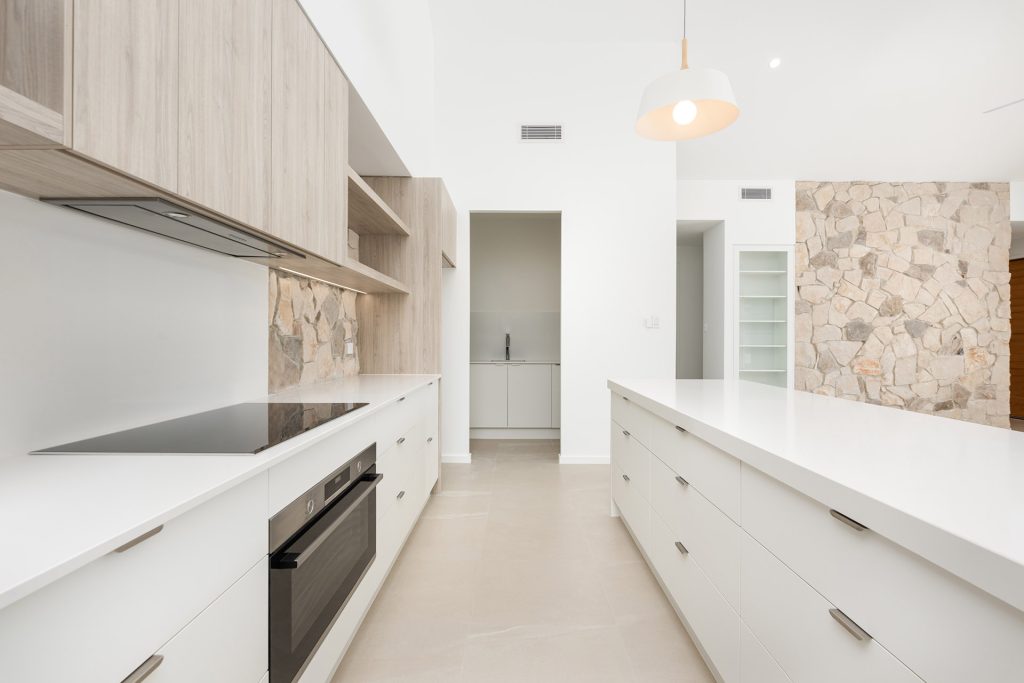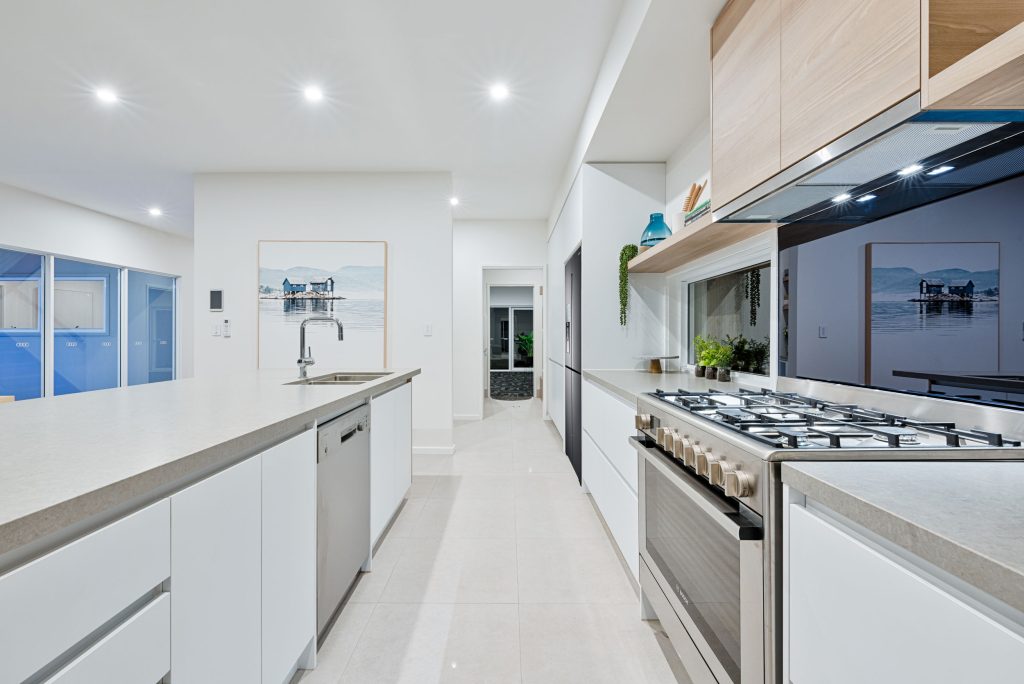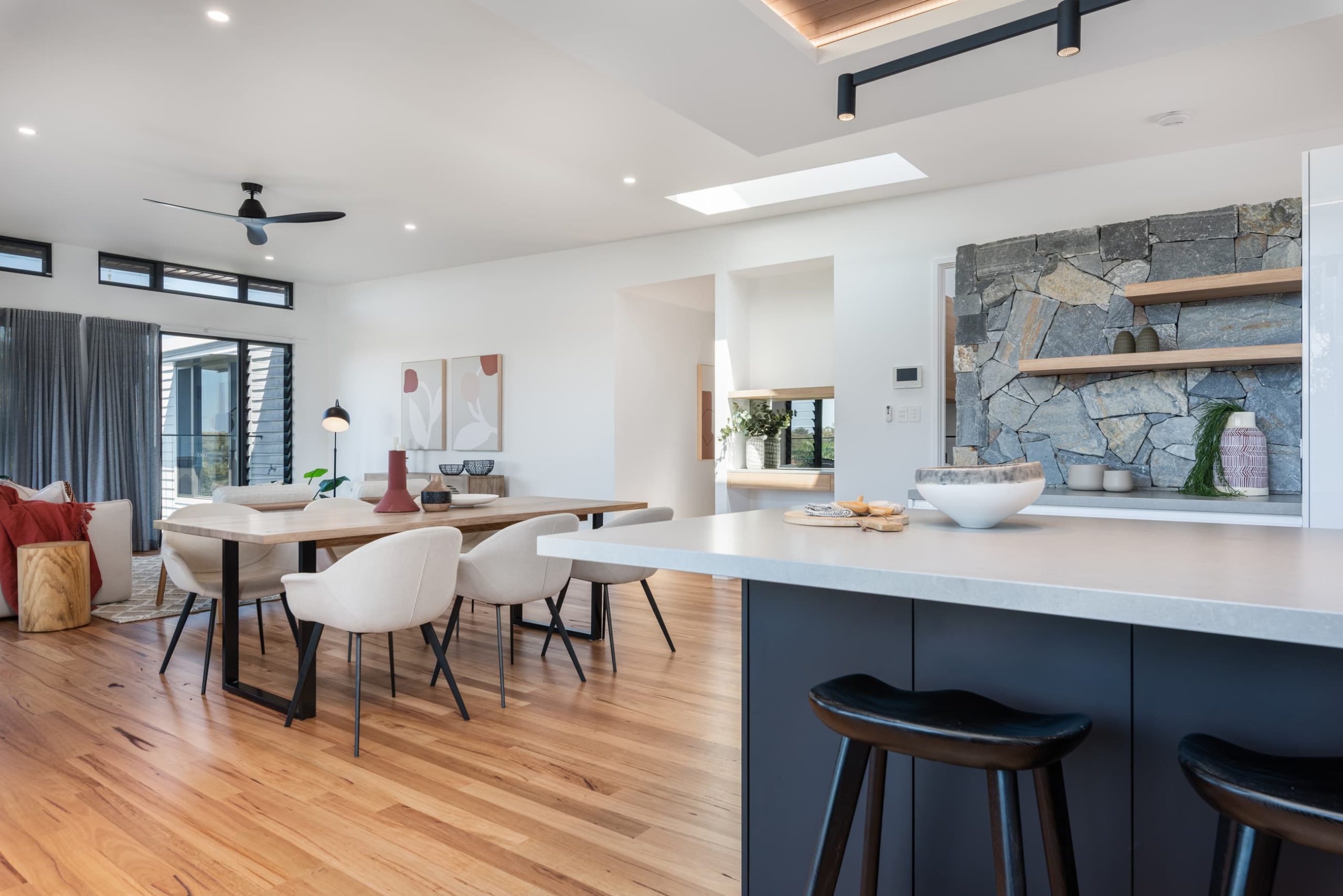Firstly, we must understand what engineered stone is made from.
Engineered stone generally comprises crushed quartz bound with a polymer resin. As quartz is very hard, engineered stone is extremely durable and resistant to scratches and stains – resulting in its popularity for residential benchtops.
However, problems have arisen in the manufacture of engineered stone, as it has a very high silica content – up to 97%. (Granite contains approx. 45% silica whereas marble contains approx. 10%).
In 2015, an Australian worker developed silicosis – a long-term and fatal lung disease caused by breathing in silica dust after working with engineered stone. Since that time hundreds more cases have been diagnosed.
Investigations by Safe Work Australia has issued findings which resulted in the use of all engineered stone being prohibited in Australia.
Where to from here?
As the ban comes into effect from 1 July 2024, our engineered stone companies have been working towards producing zero crystalline silica products, which will need to meet the regulatory criteria.
Also, there are a few alternatives to engineered stone which include porcelain, natural stone (i.e. granite, marble, sandstone etc), tiles, concrete, timber. Their use, however, is budget dependent.

So, what happens to my existing stone benchtop?
The new regulations will only apply to future projects, and your existing stone benchtop is safe to keep.
However, if you need to remove or repair your current benchtop – it is recommended that a qualified stone mason with engineered stone experience be engaged. ‘Wet cutting’ is required to reduce the amount of silica dust released, along with sophisticated equipment to capture any stone slurry.
Murphy Homes is working closely with our stonemasons to ensure the new regulations are adhered to and our clients are offered the best products.



